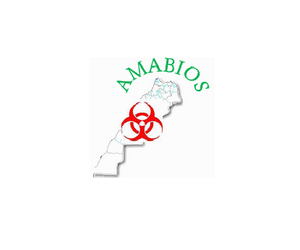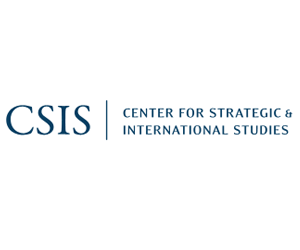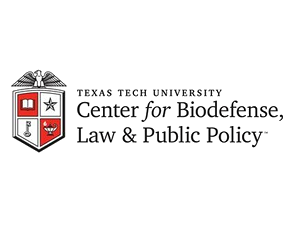Browse By Region

Browse By Category
Recent News
By Category: Research
Another Clue to E. Coli O104:H4?
(Food Safety News) Scientists in Oslo say sequencing of a particular virulent strain of E. coli O103:H25, which caused an outbreak in Norway in 2006, revealed a resemblance to the 2011 German outbreak strain of E. coli O104:H4, and suggests the two strains are related.Writing in the online journal PLoS ONE, the researchers with the Read More »
- March 9, 2012
- | Filed under Europe, Agents & Toxins, International, Public Health, and Research
Cost of Gene Sequencing Falls, Raising Hopes for Medical Advances
(The New York Times) The promise is that low-cost gene sequencing will lead to a new era of personalized medicine, yielding new approaches for treating cancers and other serious diseases. The arrival of such cures has been glacial, however, although the human genome was originally sequenced more than a decade ago.
- March 9, 2012
- | Filed under North America, Biotechnology, Countermeasures, Public Health, and Research
Army Defers Plan for Maryland Biodefense Site
(Global Security Newswire) The U.S. Army has deferred the building of a 492,000-square-foot, $600 million biodefense facility at Fort Detrick in Maryland prior to the completion of an assessment of research facilities already available around the nation, the Gazette reported last week. The planned Medical Countermeasures Test and Evaluation Facility was intended to be a Read More »
- March 8, 2012
- | Filed under North America, Biosafety, Countermeasures, Policy & Initiatives, and Research
Secret Army volunteer’s widow blames VA for spouse’s death
(CNN) “I promised Wray I would never give up the fight.” It was a wife’s final pledge to her dying husband, who was once identified as Medical Volunteer No. 6692 at Edgewood Arsenal, Maryland. In 1973, Army Pvt. Wray Forrest spent two months at Edgewood as a volunteer human test subject in a top secret Read More »
- March 8, 2012
- | Filed under North America, Agents & Toxins, Biological Weapons, Policy & Initiatives, and Research
Microneedle vaccine patch boosts flu protection through robust skin cell immune response
(Emory University) Recent research found that microneedle vaccine patches are more effective at delivering protection against influenza virus in mice than subcutaneous or intramuscular inoculation. A new, detailed analysis of the early immune responses helps explain why the skin is such fertile ground for vaccination with these tiny, virtually painless microneedles.
- March 7, 2012
- | Filed under North America, Countermeasures, Public Health, and Research




























